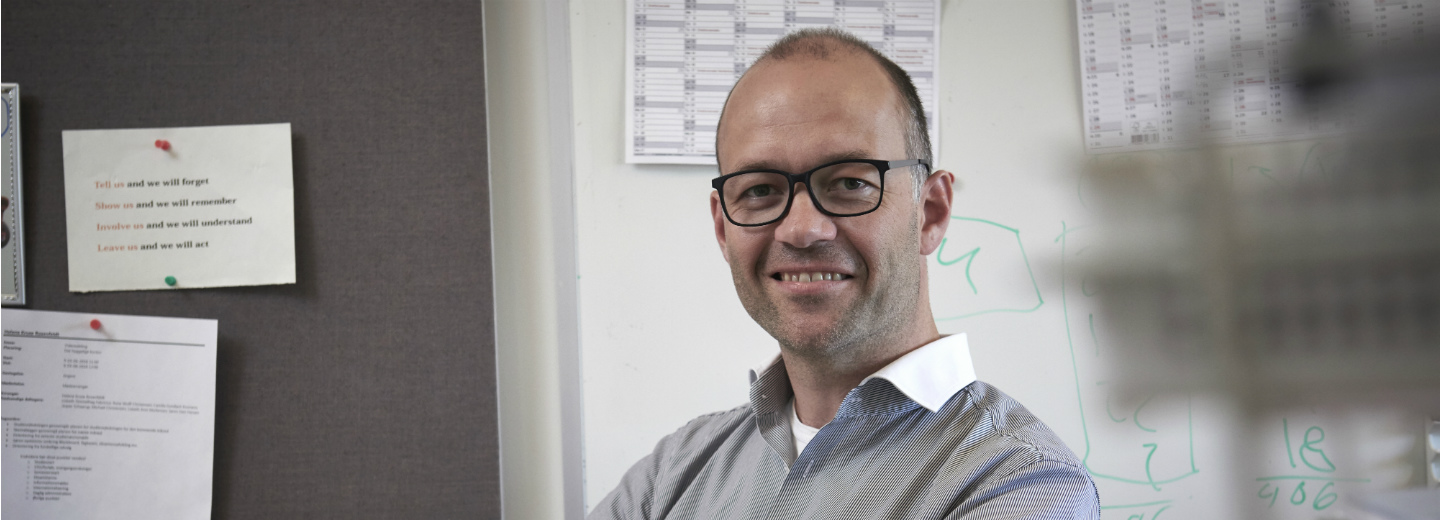
Utilising expertise by involving employees
The staff at the Faculty of Science and its departments are a key example of the highly specialised workforce that characterises the modern labour market. We zoom in on the updated strategy and its three main focus areas: education, research, and - in this case - people and organisation.
The strategy up to 2025 underlines an important ambition at the Faculty of Science:
Employee involvement.
Thus, the strategy must ensure a forward-looking focus on the involvement of employees, who must to a greater extent have an influence on the organisation of work, both in relation to the framework and to the prioritisation of the tasks themselves, as well as involvement in relation to important decisions.
– Leadership will be an important part of supporting our strategy. The sections are part of a new construction that takes time to evolve. Here, good relations between employees and their leaders will be crucial to ensure employee involvement, says Head of the Dean's Office Niels Kring.
According to him, it is crucial that leaders give room to employees as well as a mandate, so that they can prioritise tasks in collaboration and ensure involvement in important decisions.
He points out that there will always be essential tasks that must be prioritised, but the individual employees must have room for manoeuvre within their job description, which ensures that you as a responsible employee can also prioritise and initiate tasks and thereby create value for your department, the faculty, and SDU. Conversely, it is also important that the manager is so close enough to the task solution that the manager can help prioritise if necessary and thus reduce stress.
– Involvement must help to motivate employees who often have more specialised knowledge than their leaders, and to bring their expertise into play, says Niels Kring.
Digitisation must enable smarter prioritisation
At the same time, the faculty's strategy for 2021-2025 focuses on the digitisation that is already in full swing in many of the organisation's areas.
In finance and HR, several major projects have been initiated with the aim of optimising workflows so that more resources can be released to prioritise important work tasks that we today lack the needed time for.
– If you look at the HR area, we are moving towards one unified system that will replace a handful of older systems that only communicate with each other to a small extent today, says Niels Kring.
This will mean, among other things, that the entire recruitment process from the establishment and facilitation of assessment committees to contract offers and final employment will be gathered in one place.
– The expectation is also that everyday registrations such as absence, illness, flexitime and recording of hours in larger projects will be optimised, because you will no longer have to work across outdated systems, he says.
It is precisely this type of digitisation with potential resource savings through optimised workflows that the faculty must begin to identify.
– It is an important exercise to look through existing workflows and processes, because there can be significant gains in the form of resources that can be released and used on other tasks that create added value, says Niels Kring.